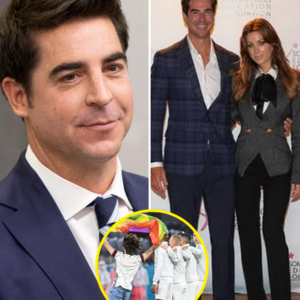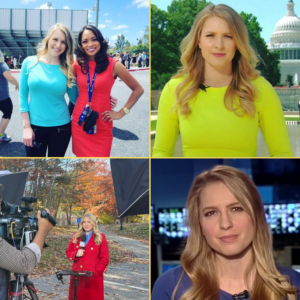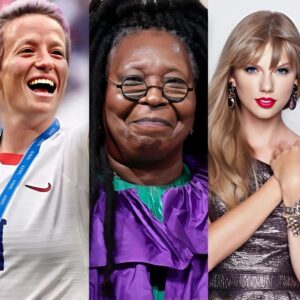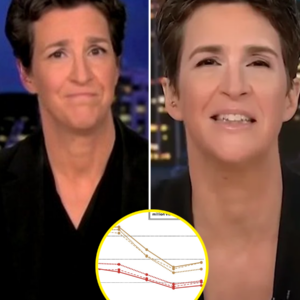
The disparities in salaries between the NBA and WNBA have been a longstanding issue, spotlighted recently by the dramatic case of Caitlin Clark, a top WNBA draft pick earning just $76,000 in her rookie season. This wage is a stark contrast to the multi-million-dollar contracts enjoyed by NBA players, and it serves as a microcosm of the broader inequality faced by female athletes in professional sports. This essay examines the root causes of this disparity, its impact on the players and the league, and the potential pathways to achieving greater financial equity.
The Wage Gap: A Reflection of Capitalism
The glaring pay gap between the NBA and WNBA is often justified by economic arguments. The NBA, a 50-year-old league, generates billions in revenue, while the WNBA, which is much younger, brings in millions. This difference in revenue is frequently cited to explain the lower salaries in the WNBA. However, this justification overlooks the broader context of how sports leagues grow and the role of investment in their success.
The NBA, during its early years, also struggled with low attendance and modest revenue. It was only through significant investment in marketing, media rights, and player promotion that it grew into the global powerhouse it is today. The WNBA, now at a similar stage in its development, could benefit from a similar approach. The league’s current collective bargaining agreement, signed in 2020, increased player salaries by 53%, but this only highlights how far behind they were. The entire payroll of the Indiana Fever, Caitlin Clark’s team, is just $1.2 million—less than the minimum salary of an NBA player with a year of experience.
The Caitlin Clark Effect: A Catalyst for Change
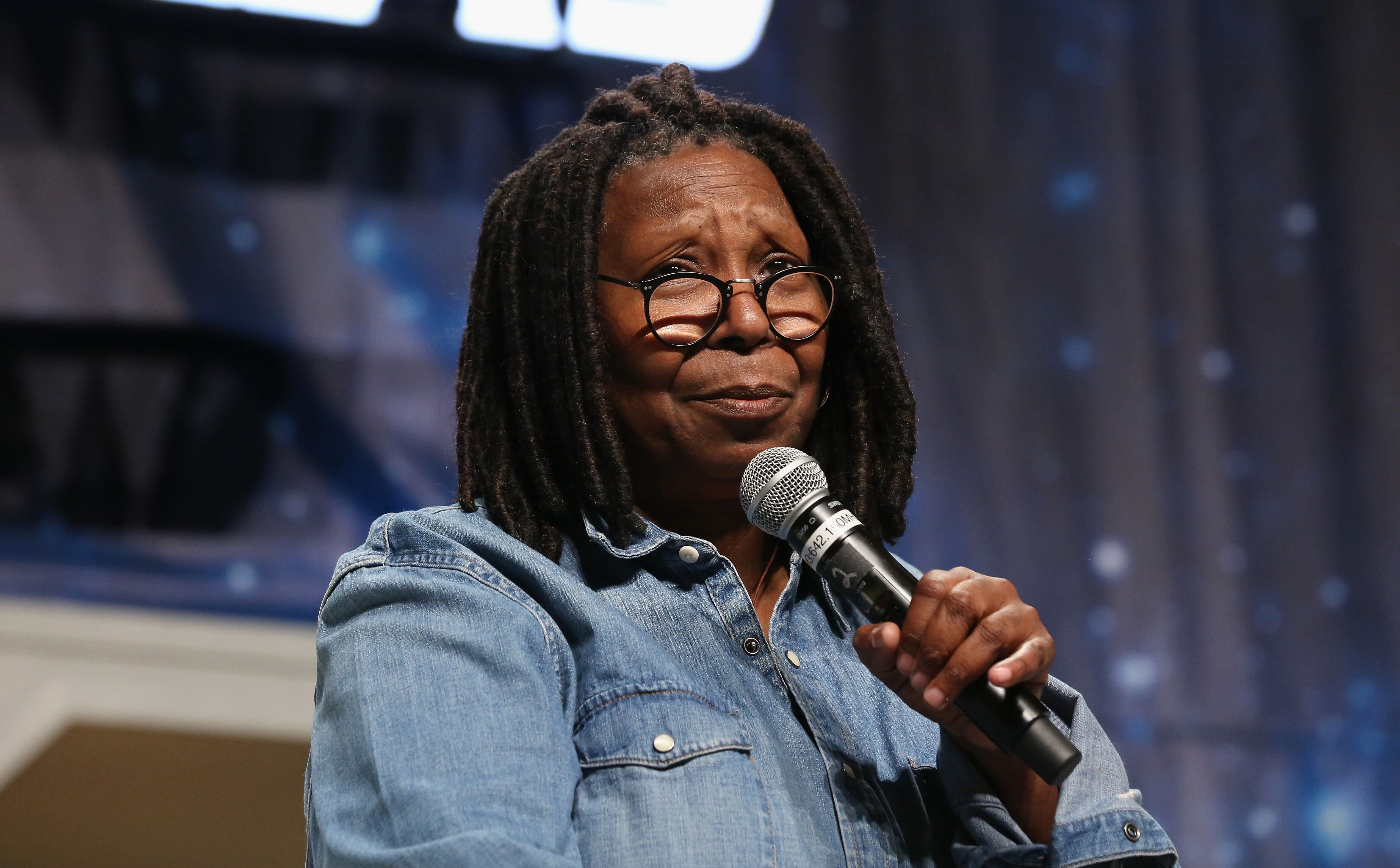
Caitlin Clark’s entry into the WNBA has reignited the conversation about pay equity in women’s sports. Despite her relatively low base salary, Clark’s marketability has already led to lucrative endorsement deals with companies like Nike, Gatorade, and State Farm. Her popularity underscores the untapped potential in women’s basketball. Clark’s jersey sales broke records, selling more in one hour post-draft than any other player in any sport. This demonstrates a significant market for women’s basketball that, if properly harnessed, could lead to substantial financial gains for the league and its players.
Clark’s situation draws parallels to that of other prominent female athletes who have had to rely on endorsements and overseas play to supplement their income. The case of Brittney Griner, who was detained in Russia while playing for a team that paid her $1 million annually—far more than her WNBA salary of $150,000—serves as a stark reminder of the financial challenges female athletes face. These examples highlight the need for the WNBA to invest more in its players, both in terms of salary and marketing, to prevent such disparities.
The Role of Media and Broadcast Rights
The WNBA’s financial struggles are not just about player salaries; they also involve media rights and broadcasting deals. ESPN, which holds the broadcasting rights to the WNBA, could have done more to promote the league. As the WNBA’s media rights deal is up for renegotiation, there is an opportunity to boost salaries across the league. This would require a concerted effort to market the league effectively, ensuring that players like Caitlin Clark receive the recognition and compensation they deserve.
The comparison to women’s soccer is instructive here. With proper investment, the returns in women’s sports can be substantial. The success of the U.S. Women’s National Soccer Team, both on the field and in terms of revenue generation, illustrates the potential of women’s sports when they receive adequate support. Similarly, the WNBA could see significant growth if it invests in its players and marketing efforts.
The Missed Opportunity: Caitlin Clark and Team USA

The decision not to include Caitlin Clark on the USA Basketball team for international competitions has been widely criticized. Her omission is seen as a missed opportunity to boost the team’s marketability and viewership. Draymond Green and Baron Davis, among others, have pointed out that including Clark could have had a transformative effect, akin to the impact of the 1992 Dream Team on basketball’s global popularity. The lack of inclusion of Clark highlights a broader issue within the WNBA and women’s basketball: the need to prioritize both talent and marketability to grow the sport.
Conclusion: Toward Financial Equity in Women’s Sports
The case of Caitlin Clark and the broader issues facing the WNBA highlight the need for a reevaluation of how women’s sports are valued and supported. The disparities in pay are not just about the differences in revenue between the NBA and WNBA; they are also about the level of investment and commitment to growing the sport. By focusing on marketing, media rights, and player development, the WNBA can begin to bridge the pay gap and ensure that players like Clark are compensated fairly for their contributions to the sport. The Caitlin Clark effect could be the catalyst needed to usher in a new era of financial equity in women’s sports, where female athletes are paid what they deserve.
